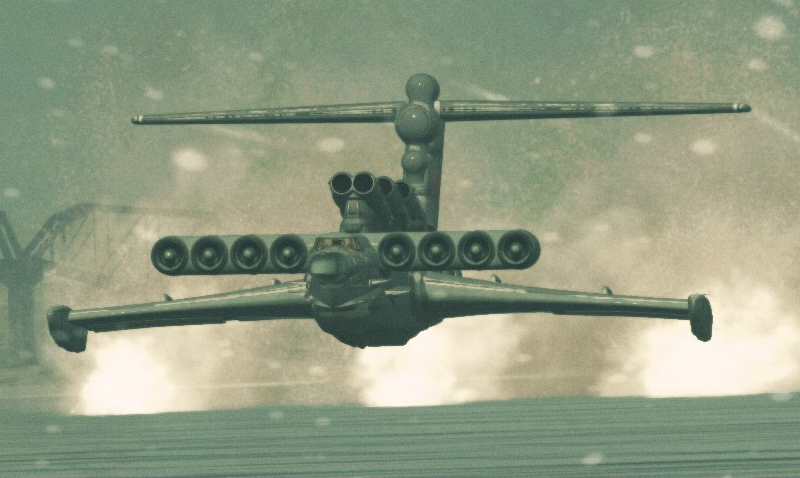You are using an out of date browser. It may not display this or other websites correctly.
You should upgrade or use an alternative browser.
You should upgrade or use an alternative browser.
Why did larger airliners move away from tail mounted engines?
- Thread starter sevensky
- Start date
Stewartb
Final Approach
Two engines are more efficient than three?
AKBill
En-Route
I think the OP was thinking in the line of the DC-9. Maybe ease of installation under the wing and the size of engines.
Spring Ford
Line Up and Wait
- Joined
- Jul 11, 2018
- Messages
- 734
- Display Name
Display name:
SpringFord
I think this is pretty clear. Tail mounted engines are great because the cabin is a lot quieter however there is a substantial structural weight penalty which in these days of fuel, fuel, fuel is unacceptable to airlines.
The reason for the penalty is that the lift to hold the engines in the air has to be transmitted from the wings all the way to the tail - this takes structure. If you mount the engines directly on the wings, where the lift is, the result is less structure required.
I am not clear why small jets still use tail mounted engines. I think there is one that has over-wing engines, or is that still a proposal? Found it, very much alive and flying.
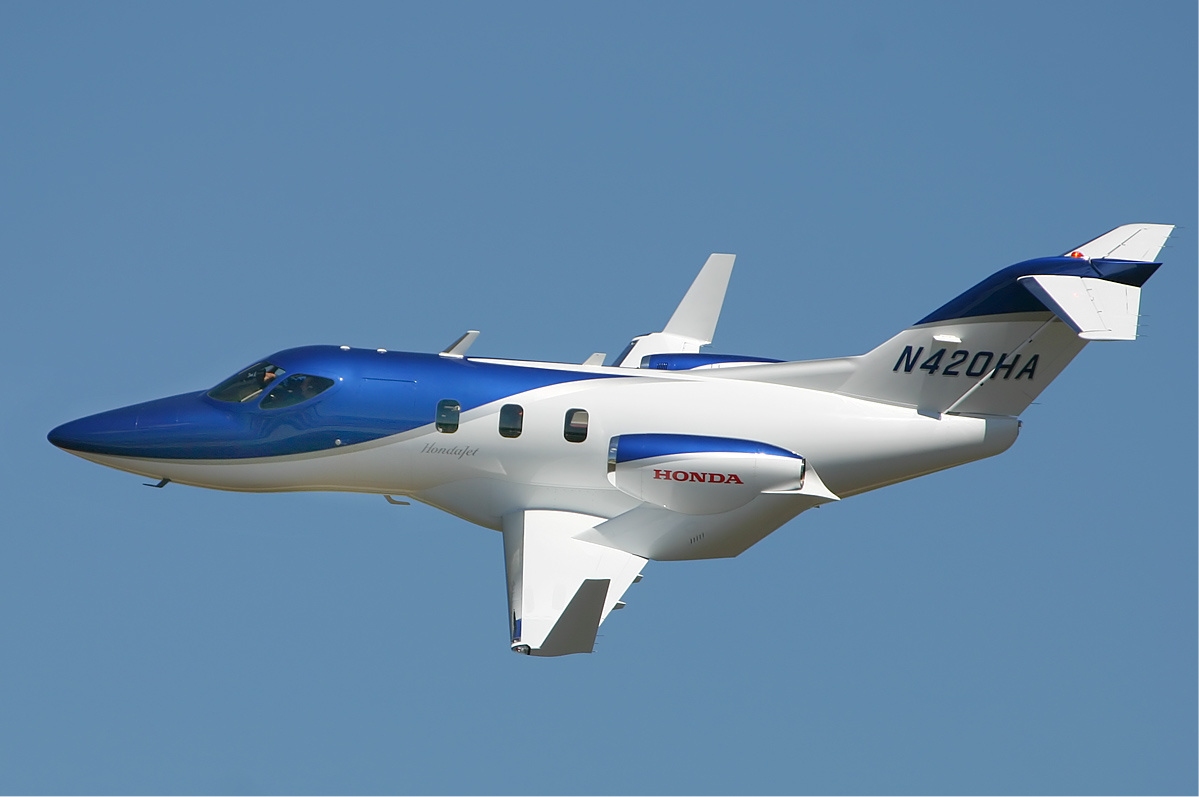
The reason for the penalty is that the lift to hold the engines in the air has to be transmitted from the wings all the way to the tail - this takes structure. If you mount the engines directly on the wings, where the lift is, the result is less structure required.
I am not clear why small jets still use tail mounted engines. I think there is one that has over-wing engines, or is that still a proposal? Found it, very much alive and flying.

Spring Ford
Line Up and Wait
- Joined
- Jul 11, 2018
- Messages
- 734
- Display Name
Display name:
SpringFord
Further analysis here -
http://www.vc10.net/Technical/wing_shapes.html
"Because of the 'hot and high' airfields that BOAC wanted the VC10 to operate to (Sir George Edwards mentioned Nairobi in particular) the aircraft needed very good take-off and landing performance. This drove the decision to put the engines at the back as that freed up the wing to deliver as much lift as could be generated from it. In doing this the design team also took away what's known as 'wing bending relief' from the engines, basically the weight of an engine hanging from the wing opposes a bit of the lift force that's trying to bend the wing upwards, therefore requiring less structure weight in the wing itself. That is one of the reasons that especially the Standard VC10 is more expensive to operate than a 707, its structure is slightly heavier for the same number of passengers (25.7% of MTOW as opposed to 24.6% for the 707)."
http://www.vc10.net/Technical/wing_shapes.html
"Because of the 'hot and high' airfields that BOAC wanted the VC10 to operate to (Sir George Edwards mentioned Nairobi in particular) the aircraft needed very good take-off and landing performance. This drove the decision to put the engines at the back as that freed up the wing to deliver as much lift as could be generated from it. In doing this the design team also took away what's known as 'wing bending relief' from the engines, basically the weight of an engine hanging from the wing opposes a bit of the lift force that's trying to bend the wing upwards, therefore requiring less structure weight in the wing itself. That is one of the reasons that especially the Standard VC10 is more expensive to operate than a 707, its structure is slightly heavier for the same number of passengers (25.7% of MTOW as opposed to 24.6% for the 707)."
Grum.Man
En-Route
I have no evidence only hearsay but the thinking is for passenger jets it was safer to have the engines on the wings instead of running fuel lines all the way down the fuselage to the rear engines. Most APU's are rear mounted so not sure how valid that is. I imagine smaller jets still have rear engines to keep the airplane lower to the ground for ease of entry, fueling, and maintenance.
Dave Theisen
En-Route
Shower thought here. With all the NEO, and Max reengineering to add larger turbofans why did tail-mounted engines disappear?
Don’t stand up too quickly after thinking about airplanes in the shower.
The 737 initially was going to have two tail-mounted engines (think about a 2-engined 727). The engineers involved determined that you can get by with less structure (read cheaper) if you mount them on the wings.
While engine thrust at the airframe centerline is the most preferred, as I recall the reason behind the change to wing-mounted was mainly due to CG vs weight/arm, control authority, plus loading schedules, i.e., too much weight aft as engines got bigger. With the engine weight near the MAC then you can basically increase aircraft size as you extend cabin areas forward and aft of the MAC. It's a bit more complex but that is how I understood it to be.why did tail-mounted engines disappear?
Greg Bockelman
Touchdown! Greaser!
- Joined
- Feb 23, 2005
- Messages
- 11,091
- Location
- Lone Jack, MO
- Display Name
Display name:
Greg Bockelman
Can you imagine the high bypass engines with the huge fans mounted on the tail?
I think, logistically, it is not possible to mount the current crop of efficient engines on the tail.
I think, logistically, it is not possible to mount the current crop of efficient engines on the tail.
Doc Holliday
En-Route
Can you imagine the high bypass engines with the huge fans mounted on the tail?
I think, logistically, it is not possible to mount the current crop of efficient engines on the tail.
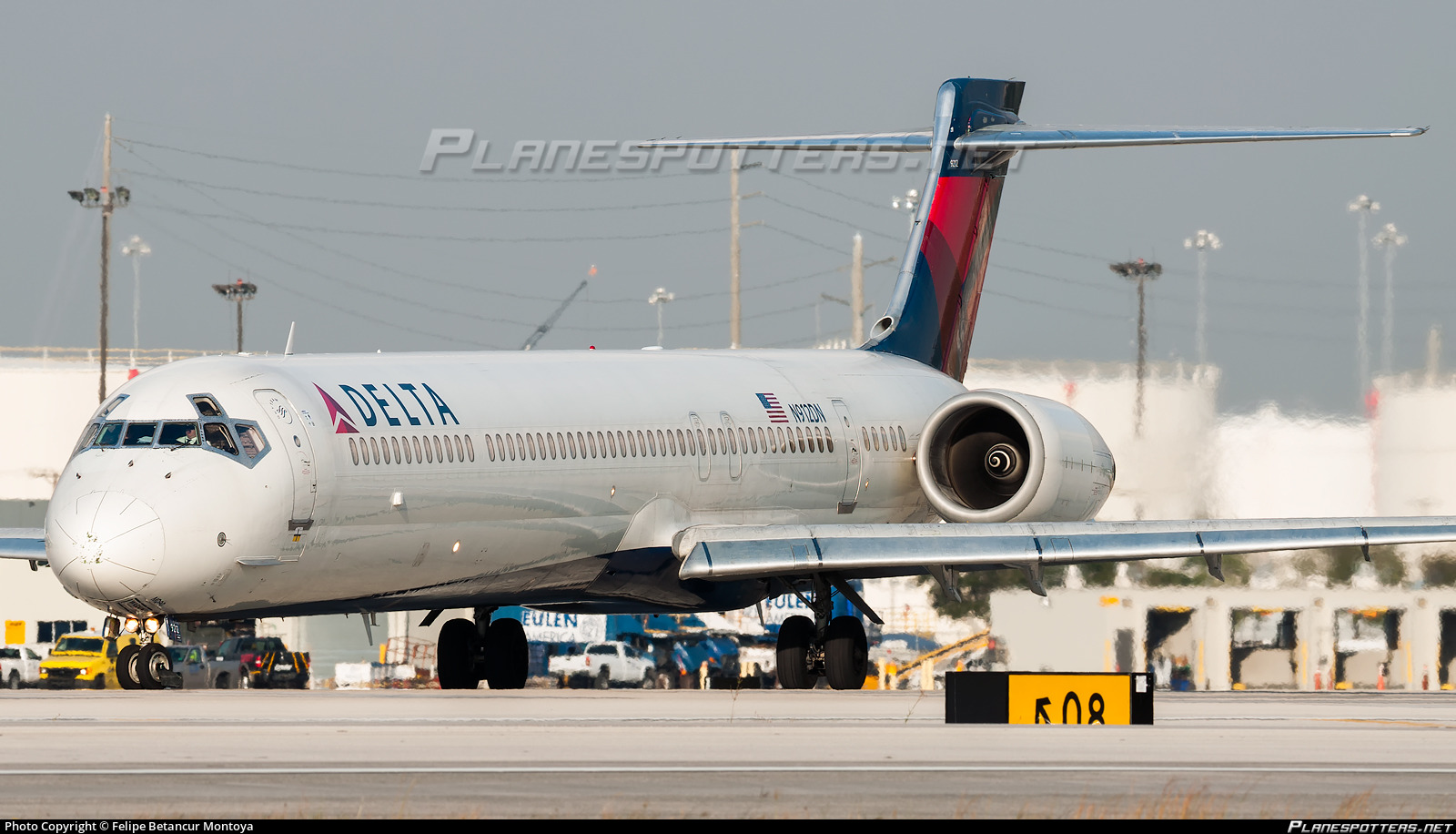
FormerHangie
En-Route
I wouldn't say an MD-90 has current generation engines. Here's an A321 neo:
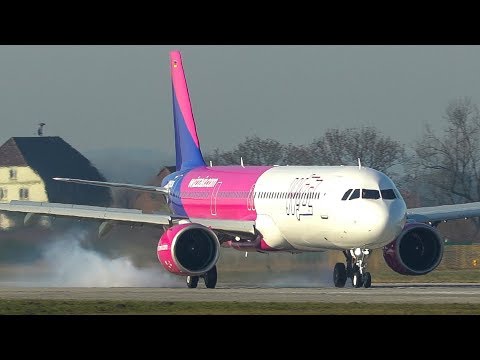
While I don't doubt you could mount them on the back, they'd be out there.
Having said that, if you do mount them on the fuselage, then the structure that joins the wings to the fuselage has to support the engines as well as the fuselage, and you're stuck with a T tail. As @Spring Ford and @flyingron noted, wing mounted engines allow for a lighter structure.
Sac Arrow
Touchdown! Greaser!
- Joined
- May 11, 2010
- Messages
- 20,332
- Location
- Charlotte, NC
- Display Name
Display name:
Snorting his way across the USA
Also I think weight and balance (as in, the balance part of it) would be more critical in a plane with tail mounted engines.
Brad Smith
En-Route
- Joined
- Nov 26, 2017
- Messages
- 3,056
- Display Name
Display name:
Brad Smith
DC-9 was modified to carry from 63 to 172 passengers in different configurations. The Boeing 737 from 85 to 200 passengers in different configurations. Seems that whether the engines are mounted under the wing or by the tail makes no difference when it comes to stretching the fuselage, though some bad decisions were made when the final stretch on the 737 Max was accomplished ( another entire topic for discussion.)
The HondaJet uses an unusual engine mounting position and I would wager a guess that this will not become an accepted practice from Boeing, Airbus or any other manufacturer, though it has its advantages. The aesthetics are surely a factor and no large manufacturer is willing to make the financial investment to find out.
The HondaJet uses an unusual engine mounting position and I would wager a guess that this will not become an accepted practice from Boeing, Airbus or any other manufacturer, though it has its advantages. The aesthetics are surely a factor and no large manufacturer is willing to make the financial investment to find out.
midwestpa24
En-Route
- Joined
- Mar 4, 2016
- Messages
- 4,984
- Display Name
Display name:
midwestpa24
I think on larger aircraft a lot of it has to do with maintenance. Much easier to work on and inspect at ground height. For corporate aircraft, they may be operating at smaller fields with less emphasis on FOD prevention, so mounting them higher is a safety consideration.
Tantalum
Final Approach
- Joined
- Feb 22, 2017
- Messages
- 9,227
- Display Name
Display name:
San_Diego_Pilot
This is what I've read and been told also:Shower thought here. With all the NEO, and Max reengineering to add larger turbofans why did tail-mounted engines disappear?
there is a substantial structural weight penalty which in these days of fuel, fuel, fuel is unacceptable to airlines
The Piper Aerostar was originally supposed to have wing mounted engines.. I was told that engines go on the tail typically for ground clearance issues so passengers can easily get on and off the jets without needing loads of airport equipment, etc. Private jets care less about ops costs.. aesthetically they also start to look a little "funny" ..I am not clear why small jets still use tail mounted engines

For what it's worth tail mounted engines look sick.. the VC-10, B727, TU-154, Falcon 7 have to be some of the most beautiful planes out there


AND... there's even a tail mounted amphib piston GA plane out there too.. with some of these flying in the us:

Spring Ford
Line Up and Wait
- Joined
- Jul 11, 2018
- Messages
- 734
- Display Name
Display name:
SpringFord
That Russian Be-103 is a very odd thing indeed.
https://en.wikipedia.org/wiki/Beriev_Be-103
At rest - note fixed slats
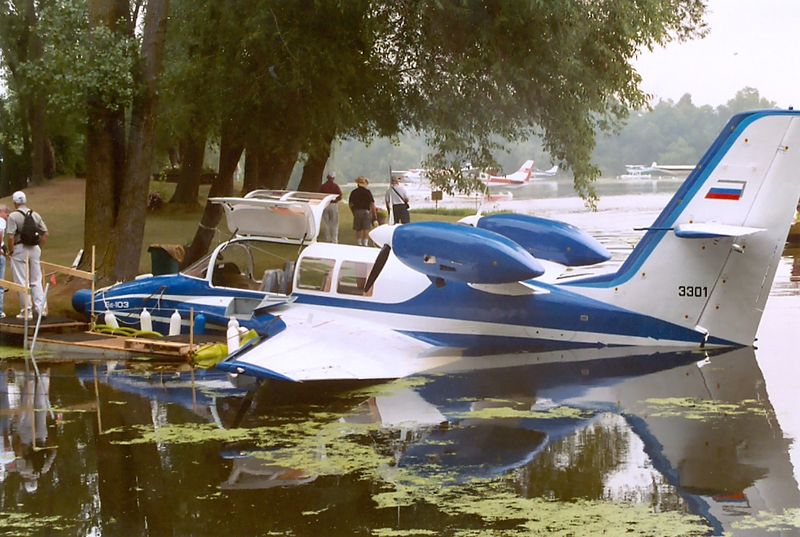
By FlugKerl2 - Own work, CC BY-SA 3.0, https://commons.wikimedia.org/w/index.php?curid=11165509
https://en.wikipedia.org/wiki/Beriev_Be-103
At rest - note fixed slats

By FlugKerl2 - Own work, CC BY-SA 3.0, https://commons.wikimedia.org/w/index.php?curid=11165509
Tantalum
Final Approach
- Joined
- Feb 22, 2017
- Messages
- 9,227
- Display Name
Display name:
San_Diego_Pilot
I was mildly obsessed with it for a while.. very slow though. I wonder how it would perform with TSIO-550-K powerplants insteadThat Russian Be-103 is a very odd thing indeed.
Russia tends to built some unique planes.
Eh? There's no such thing as ETOPS operations with other than two engines.Is some of it the move from needing 3 or more engines for ETOPS type operations to those routes now being serviceable with twins?
X3 Skier
En-Route
Is some of it the move from needing 3 or more engines for ETOPS type operations to those routes now being serviceable with twins?
The L-1011 and DC-10 had tail mounted high bypass turbofans to meet the overwater one engine out criteria. When the regulators allowed ETOPS, the need disappeared and the underwing twins took over. Two vs three mega million engines is a real cost saver.
If you want to see some structural penalty associated with tail mounts, look up Banjo Fitting on the DC-10.
Smaller Biz jets tend to default to tail mounts mostly so they can have a minimum ground clearance to navigate with airstairs. It also minimizes gear length and gear wells.
The Honda Jet solution keeps lower ground clearance and no structural penaly. It was a marketing gamble if the “funny” look would sell. AFAIK, it is a good seller.
I would guess big Gulfstreams maintain tail mounts because that’s the way they started
Cheers
Skip Miller
Final Approach
Larry in TN
En-Route
Yes, there is.Eh? There's no such thing as ETOPS operations with other than two engines.
Kenny Phillips
Final Approach
- Joined
- Jul 29, 2018
- Messages
- 5,492
- Display Name
Display name:
Kenny Phillips
It's a bit quieter without the engines bolted to the fuselage, and there's not 'carry-through' structure needed. It's beautiful! But I'm biased, I worked on the HF120 engine program.I think this is pretty clear. Tail mounted engines are great because the cabin is a lot quieter however there is a substantial structural weight penalty which in these days of fuel, fuel, fuel is unacceptable to airlines.
The reason for the penalty is that the lift to hold the engines in the air has to be transmitted from the wings all the way to the tail - this takes structure. If you mount the engines directly on the wings, where the lift is, the result is less structure required.
I am not clear why small jets still use tail mounted engines. I think there is one that has over-wing engines, or is that still a proposal? Found it, very much alive and flying.

Kenny Phillips
Final Approach
- Joined
- Jul 29, 2018
- Messages
- 5,492
- Display Name
Display name:
Kenny Phillips
Technically, there is, as ETOPS doesn't mean what it did before; now it's simply "Extended Operations". Of course, it's easier to get certified if you have more than two engines, but it still needs to be done. But how many new airliners will have more than two engines? The era of the super-jumbo is past. Two GE90 or GE9X turbofans will fly a very large plane.Eh? There's no such thing as ETOPS operations with other than two engines.
Are there any turbulence effects with boundary layers from the fuselage affecting tail mounted engines? Visually, it seems like the wing-mounted engines may be in clearer air, but I’m no aerodynamicist.
Pilawt
Final Approach
- Joined
- Sep 19, 2005
- Messages
- 9,478
- Display Name
Display name:
Pilawt
I came across one a couple of months ago, at Lake Havasu City AZ, of all places.That Russian Be-103 is a very odd thing indeed.
https://en.wikipedia.org/wiki/Beriev_Be-103
At rest - note fixed slats

By FlugKerl2 - Own work, CC BY-SA 3.0, https://commons.wikimedia.org/w/index.php?curid=11165509
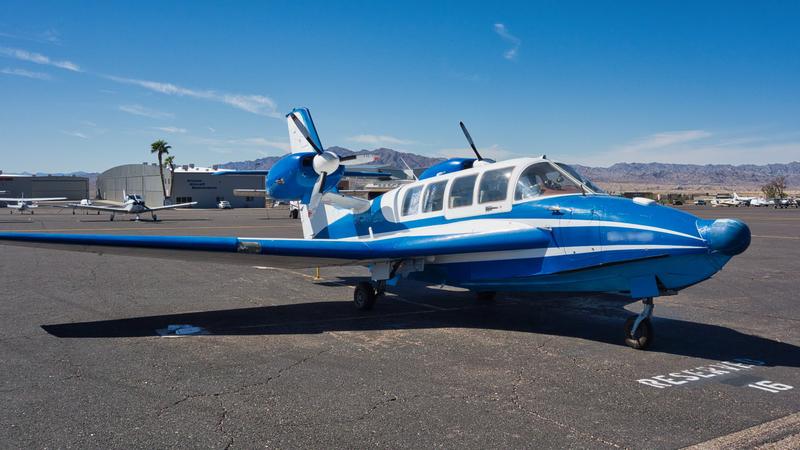
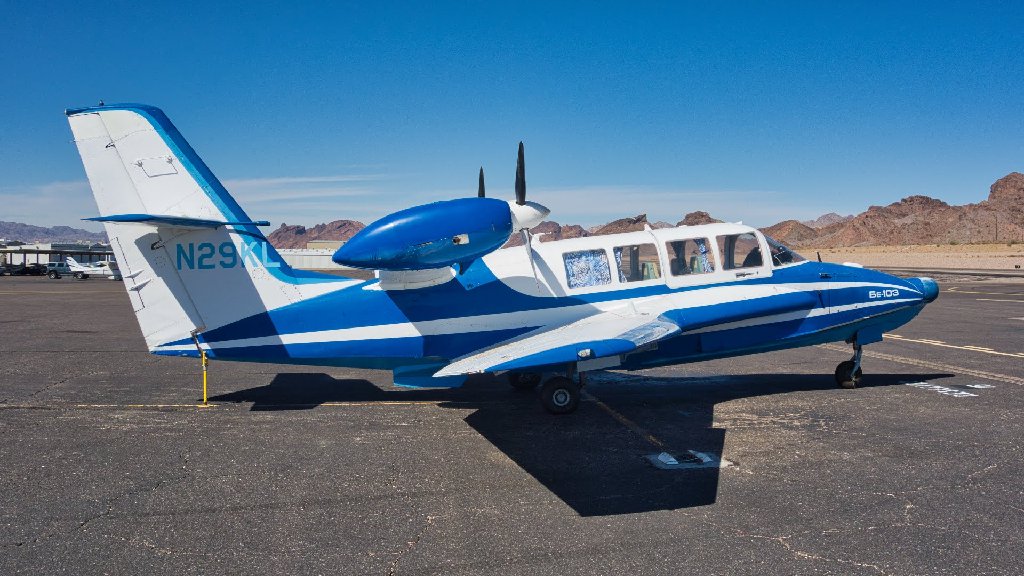
Pilawt
Final Approach
- Joined
- Sep 19, 2005
- Messages
- 9,478
- Display Name
Display name:
Pilawt
I think there is one that has over-wing engines, or is that still a proposal? Found it, very much alive and flying.

In the 1970s there was a German-built 44-seat airliner, the VFW-Fokker 614, with a similar over-wing engine arrangement.
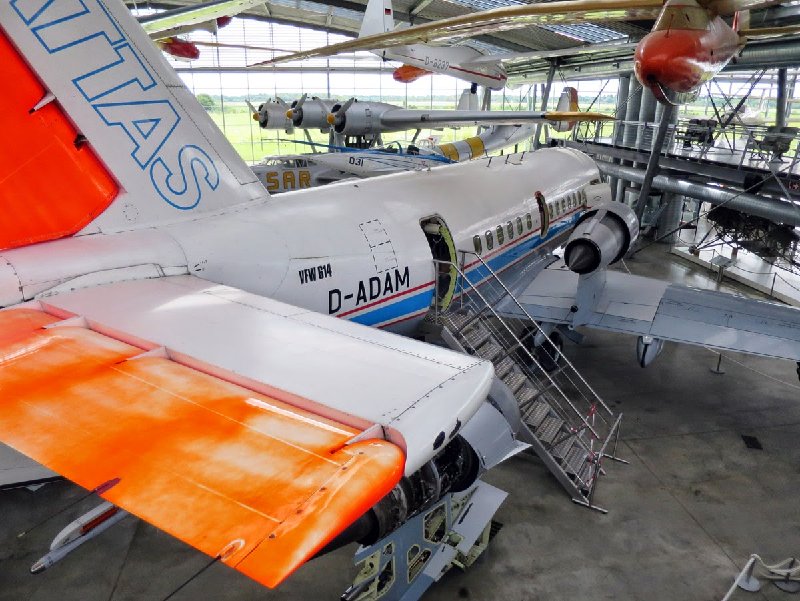
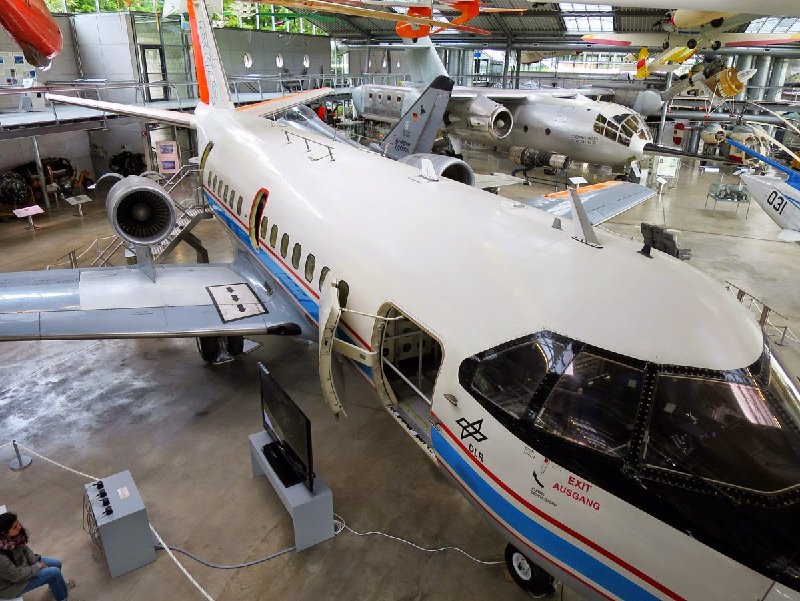
Spring Ford
Line Up and Wait
- Joined
- Jul 11, 2018
- Messages
- 734
- Display Name
Display name:
SpringFord
In the 1970s there was a German-built 44-seat airliner, the VFW-Fokker 614, with a similar over-wing engine arrangement.
Turns out there is a wiki list !!!
https://en.wikipedia.org/wiki/Category:Engine-over-wing_aircraft
It's quite short, most modern ones accounted for here already.
Spring Ford
Line Up and Wait
- Joined
- Jul 11, 2018
- Messages
- 734
- Display Name
Display name:
SpringFord
Interesting to see how trends form and evolve especially in aviation. For a long time flying boats were the way to go before there were many airports. The Brits insisted pilot's need to feel the air in their face. Engines under wing versus on the tail...2 v 3 v 4 engines. Interesting stuff driven by many revolutions and evolutions across numerous nanotechnologies. Intertwined with changes to certification processes.
Let'sgoflying!
Touchdown! Greaser!
After UA232, Al said 'no more of that tail-mounted chit for me'.
Tantalum
Final Approach
- Joined
- Feb 22, 2017
- Messages
- 9,227
- Display Name
Display name:
San_Diego_Pilot
That's really cool!
It ain't the tail mounted engines that are the problem. No L-1011 or 727 crashed like that. It was MDs hideous hydraulic system design (coupled with their general bad corporate philosophy towards safety and QA) that caused the problem. Oddly, the Aviation Safety gurus were railing on that long before it happened. Of coruse, the previously worse DC-10 crash was when the wing engine fell off of the one in Chicago. While losing the engine didn't help that one, what really killed them was erroneous single engine procedures.After UA232, Al said 'no more of that tail-mounted chit for me'.
PaulS
Touchdown! Greaser!
The biggest reason for going from 3 or 4 engines to 2 is cost. It is much cheaper to acquire and maintain 2 engines versus 3 or 4. There is also weight savings and complexity savings. The engines now are much more efficient and powerful. They are supposed to be more reliable too, and maybe are, but ETOPS (engines turn or passengers swim) rules require quick action on problems that crop up and most time problem engines are removed from service and fixed before they turn into a shutdown.
It's not just acquisition and maintenance. Two bigger engines are usually more efficient than three smaller one. Passenger load divided by Fuel Cost is a big factor in airline profitability.
Tarheelpilot
Final Approach
- Joined
- Dec 5, 2010
- Messages
- 7,386
- Location
- North Carolina once again.
- Display Name
Display name:
Tarheelpilot
Hmm didn’t md merge with BoeingIt ain't the tail mounted engines that are the problem. No L-1011 or 727 crashed like that. It was MDs hideous hydraulic system design (coupled with their general bad corporate philosophy towards safety and QA) that caused the problem. Oddly, the Aviation Safety gurus were railing on that long before it happened. Of coruse, the previously worse DC-10 crash was when the wing engine fell off of the one in Chicago. While losing the engine didn't help that one, what really killed them was erroneous single engine procedures.
Larry in TN
En-Route
Engineering is about compromises.
Tail-mounted engines allows the airplane to sit lower. This works well for smaller airplanes and for giving easier access for stairs and baggage loading. You also have the thrust vector closely aligned with the longitudinal (i.e. through the CG) which virtually eliminates pitching moments from thrust changes. The primary disadvantages have to do with weight and structure.
Under-wing engines are supported directly by the wing. That means that the load for supporting the weight of the engines does not have to be transferred to the fuselage through the wing attach structure. You can also have a simpler tail structure as a T-tail is not required. Engine maintenance is also facilitated by the engines being closer to ground level.
Tail-mounted engines allows the airplane to sit lower. This works well for smaller airplanes and for giving easier access for stairs and baggage loading. You also have the thrust vector closely aligned with the longitudinal (i.e. through the CG) which virtually eliminates pitching moments from thrust changes. The primary disadvantages have to do with weight and structure.
Under-wing engines are supported directly by the wing. That means that the load for supporting the weight of the engines does not have to be transferred to the fuselage through the wing attach structure. You can also have a simpler tail structure as a T-tail is not required. Engine maintenance is also facilitated by the engines being closer to ground level.
Kenny Phillips
Final Approach
- Joined
- Jul 29, 2018
- Messages
- 5,492
- Display Name
Display name:
Kenny Phillips
Kind of like Supercar meets Twin Commander and a canoe.
Tantalum
Final Approach
- Joined
- Feb 22, 2017
- Messages
- 9,227
- Display Name
Display name:
San_Diego_Pilot
Oh God.. you just described BoeingIt was MDs hideous hydraulic system design (coupled with their general bad corporate philosophy towards safety and QA) that caused the problem
Hmm didn’t md merge with Boeing

MD sucks
Amazing how an entity that built something as venerable as the DC3, and other prop giants like the DC6 became such a pathetic player after the DC-9

